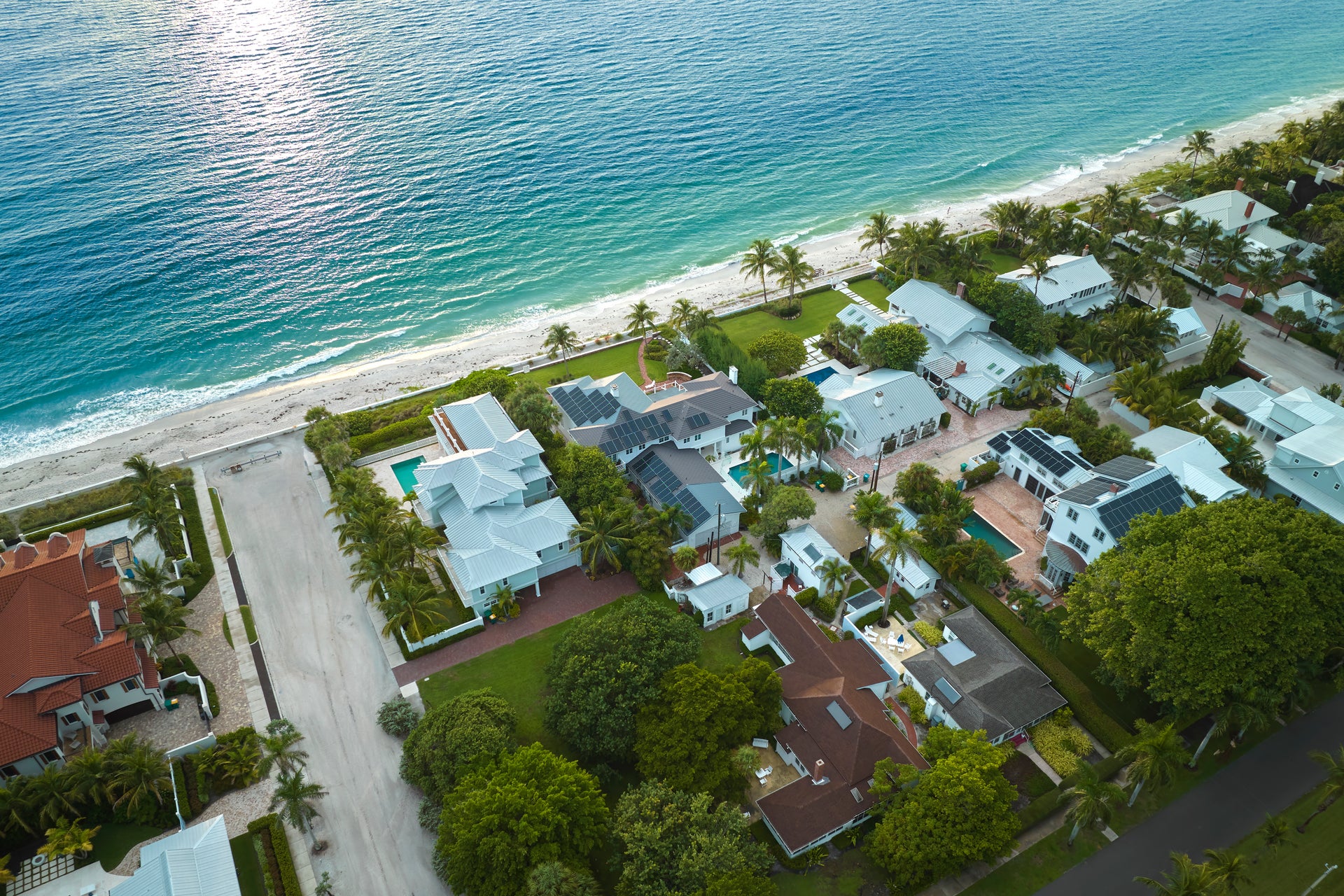As climate change continues to increase the severity and frequency of natural catastrophe events, it is more important than ever for insurers to have catastrophe modeling software that incorporates state-of-the-art hurricane loss projection methodology.
In 1992, Hurricane Andrew devastated the Florida coast, damaging more than 280,000 homes and triggering more than $33 billion in insurance payouts ($17 billion in 1992). The fallout from Hurricane Andrew included 11 insurance company bankruptcies.
Fear and uncertainty about the future of the catastrophe insurance liabilities market led to fewer property insurance options for homeowners’ insurance and systematically led to disruptions in the loan origination market.
As a result of the uncertainty surrounding the loss potential from hurricanes and the effects on the property insurance market, the Florida Commission on Hurricane Loss Projection Methodology (FCHLPM) was established in 1995. The commission is comprised of an independent panel of experts that evaluates catastrophe modeling software and other recently developed or improved actuarial methodologies for projecting hurricane and flood losses affecting the property insurance market. Models that pass the rigorous process of the FCHLPM are determined to be acceptable for use.
The FCHLPM certification process for catastrophe modeling software is arduous, entailing comprehensive review and successfully passing a multitude of standards. This involves the commission sending a team of experts from specified fields to perform an on-site review of the scientific, actuarial, civil engineering, and statistical integrity of a hurricane model.
As of June 1, 2023, the FCHLPM once again certified the CoreLogic North Atlantic Hurricane Model with an Expiration of Acceptability of November 1, 2025.
The CoreLogic model has been certified and re-certified 19 times since 1997, consistently maintaining a certified model for usage by insurers in the Florida property insurance market.
What Does Having Certified Catastrophe Modeling Software Mean?
The state of Florida has been the locale for some of the nation’s most devastating hurricane events.,
Since 1992’s Hurricane Andrew, the loss potential of Florida continues to mount as hurricanes continue to batter the state. Six years ago in 2017, Hurricane Irma struck Florida causing up to $65 billion of insured and uninsured losses for residential and commercial properties. Just a year later, Hurricane Michael caused up to $4 billion in insured losses in the state.
Most recently, 2022’s Hurricane Ian added additional strain to the market. Following the event, CoreLogic estimated that insured losses to be between $30 and $48 billion in Florida alone, making it potentially one of the costliest insured events in Florida’s history.[1]
The 2023 Hurricane Risk Report from CoreLogic has identified more than 32 million single-family residences (plus approximately one million additional multifamily residences) with a combined reconstruction cost value of $11.6 trillion at moderate or greater risk of sustaining damage from hurricane-force winds. Approximately 7.8 million of these homes — with a combined reconstruction cost value of $2.6 trillion — have direct or indirect coastal exposure, making them susceptible to storm surge flooding, according to the 2023 Hurricane Risk Report.
As the 2023 Atlantic hurricane season begins, it is worth reiterating that climate change is making extreme events more frequent and severe. That means hurricane events will become more devastating, destroying more homes, displacing more families displaced, and placing more weight on insurers to help Americans recover as soon as possible.
As such, insurers and reinsurers deserve to have confidence that the model they choose has undergone a rigorous certification process.
By using CoreLogic’s certified catastrophe modeling software, insurers can plan for the steep finances required in the event of large hurricanes while also ensuring that their policyholders’ homes are safe, secure, and insured to value.
[1] Full losses across the Southeast US were $31 – $53 billion


